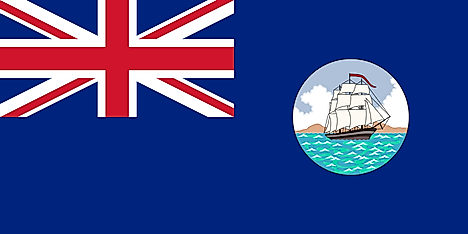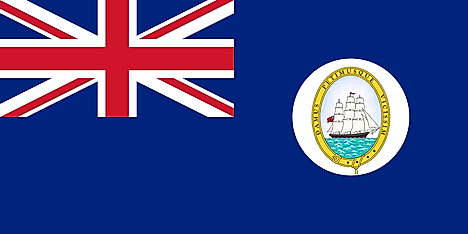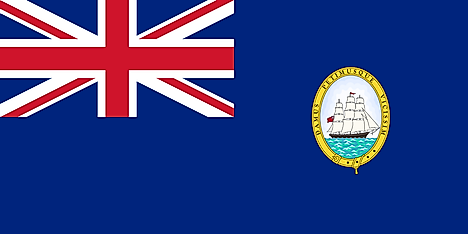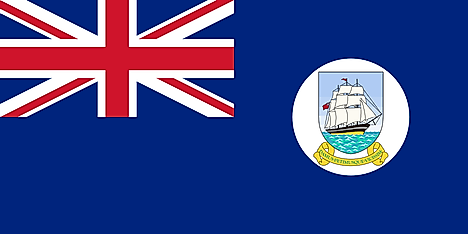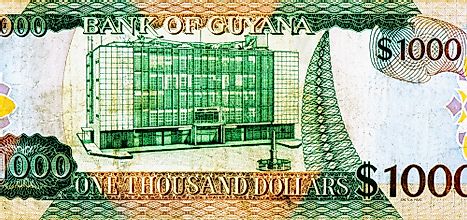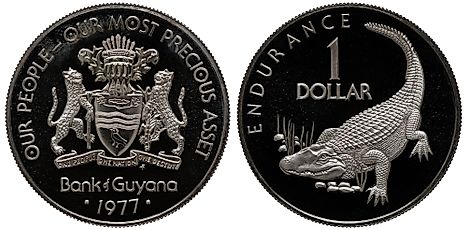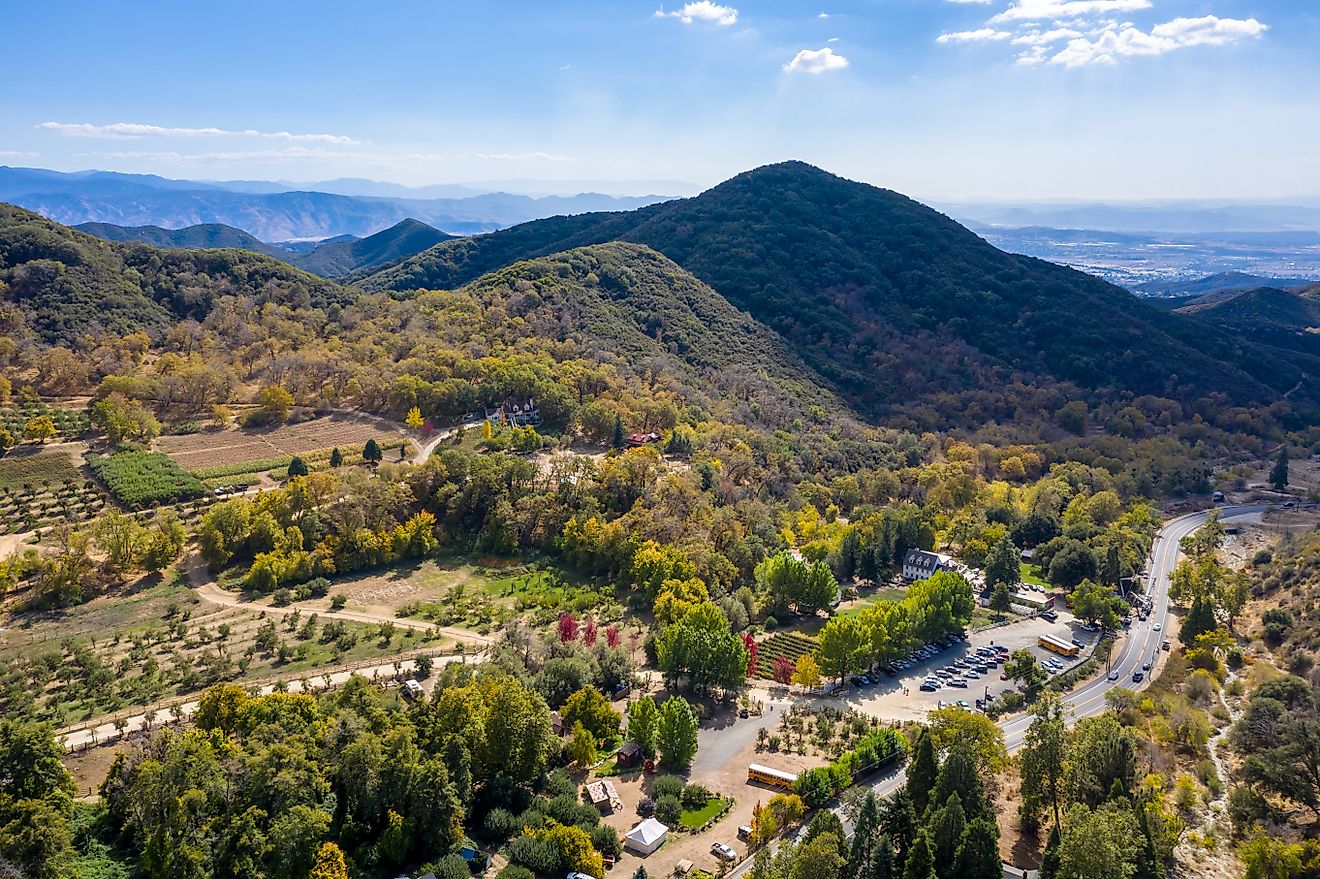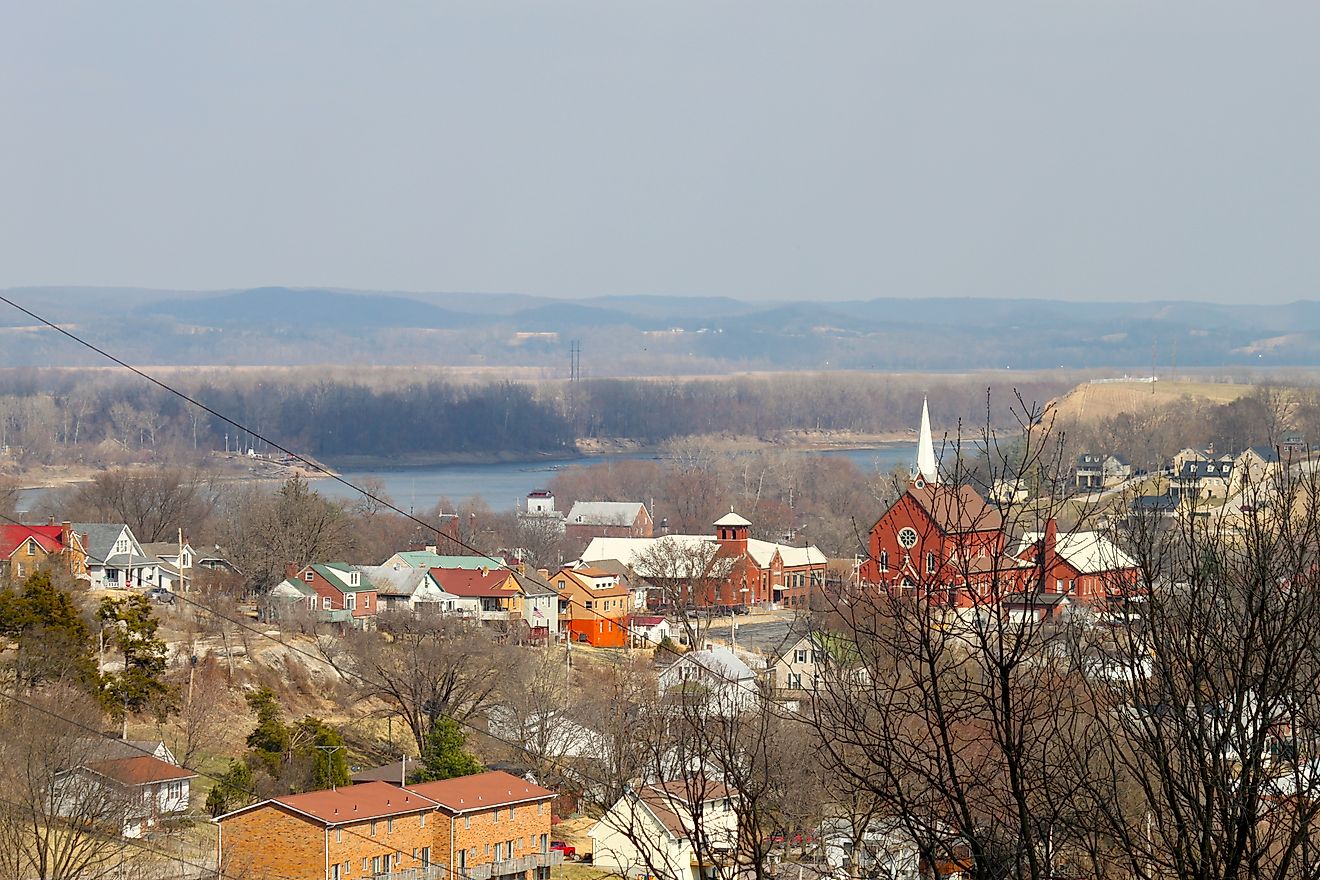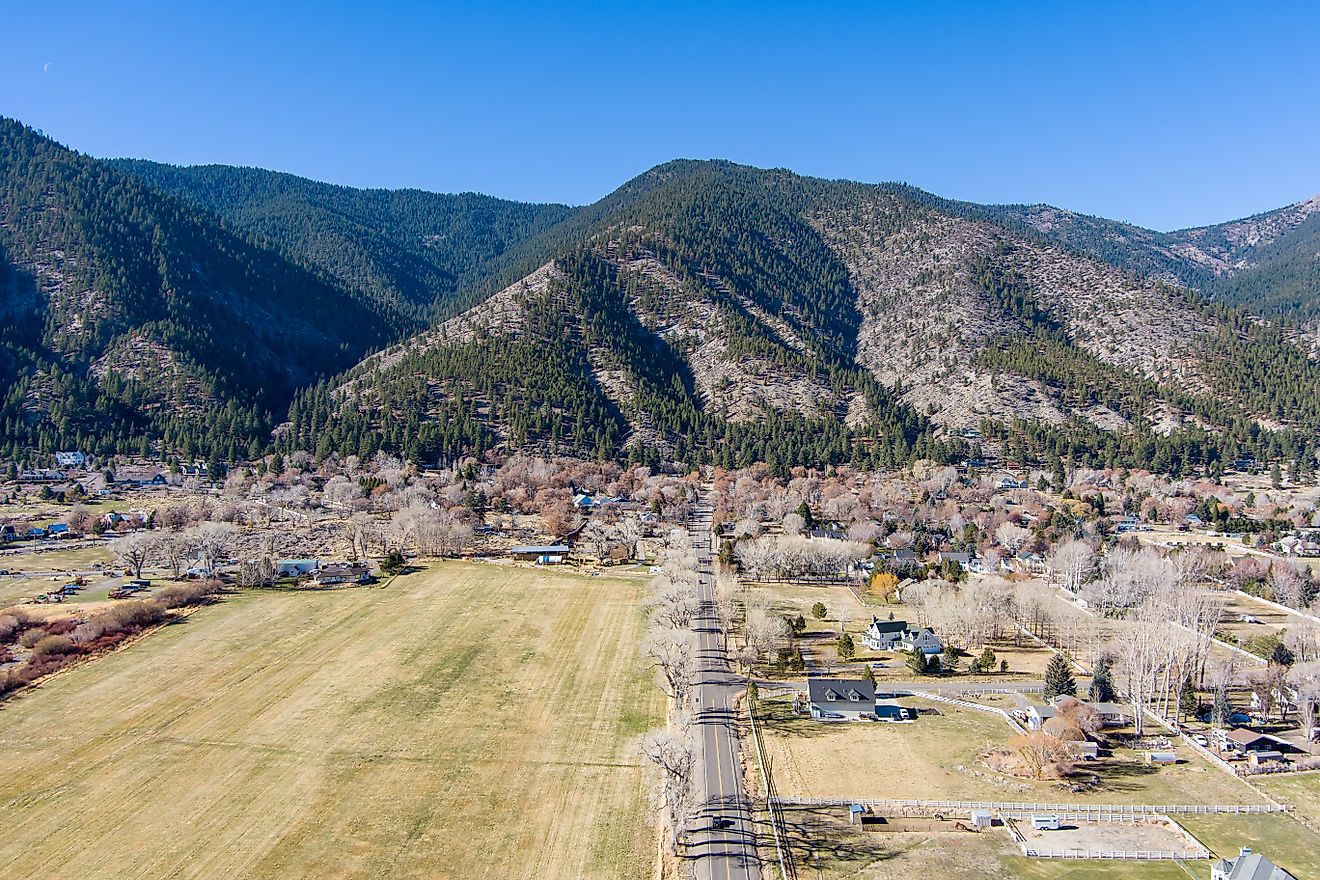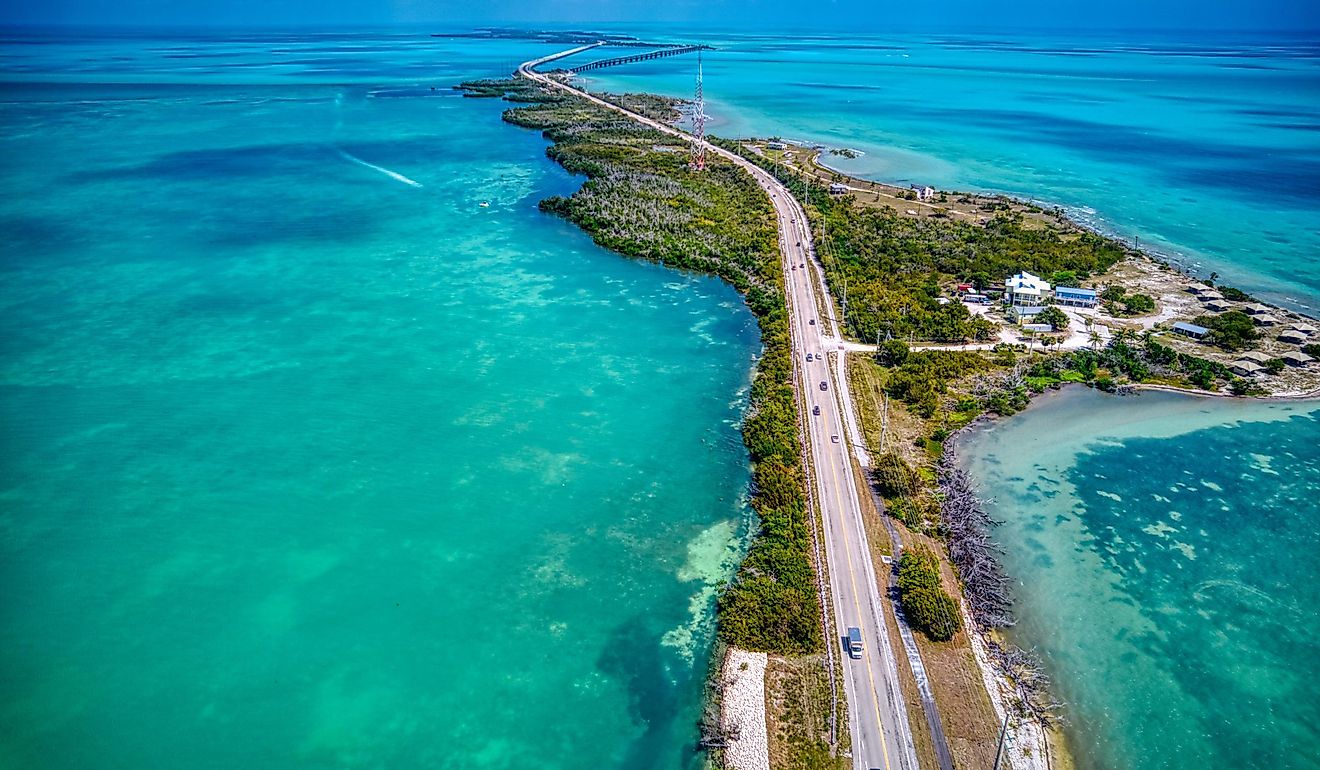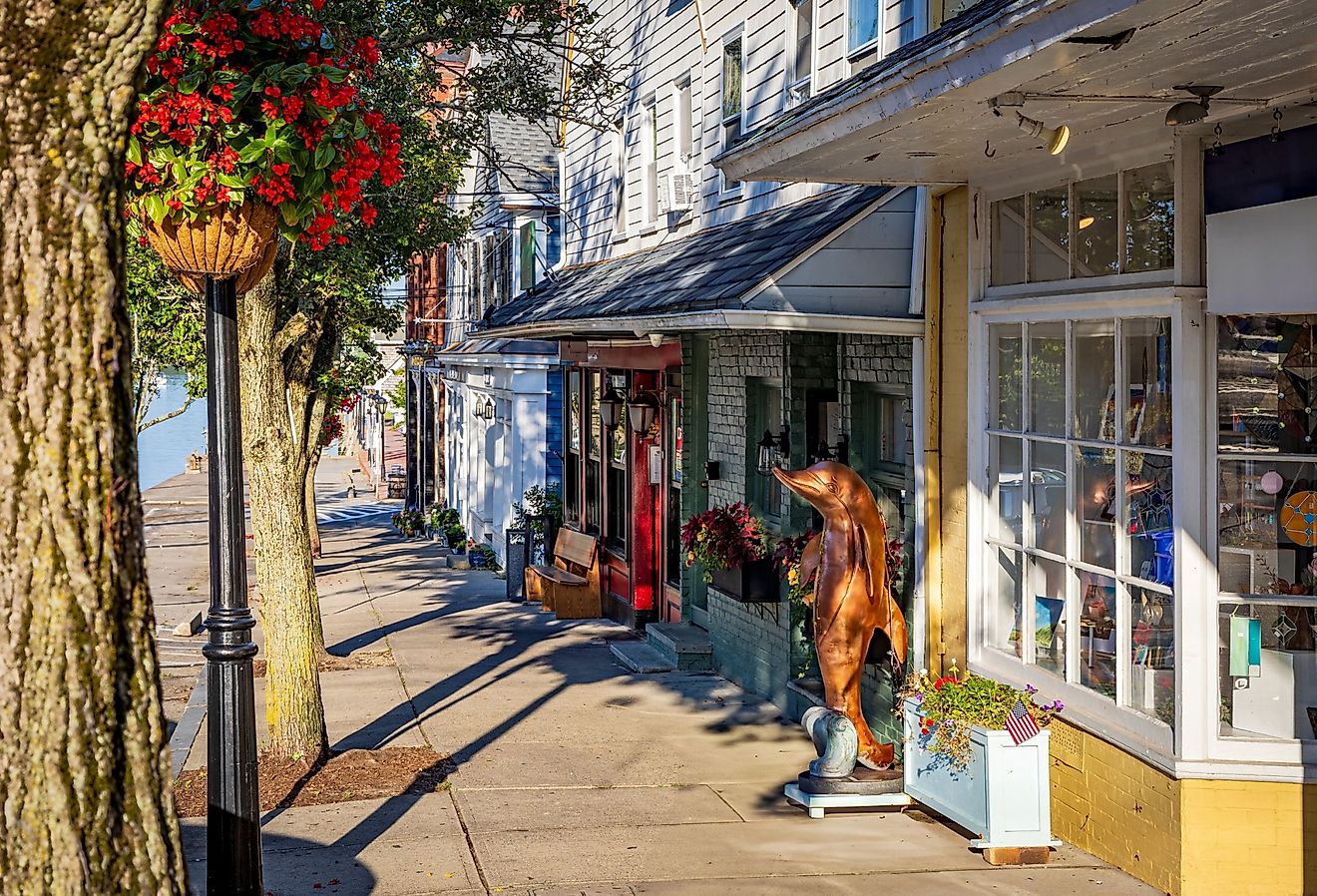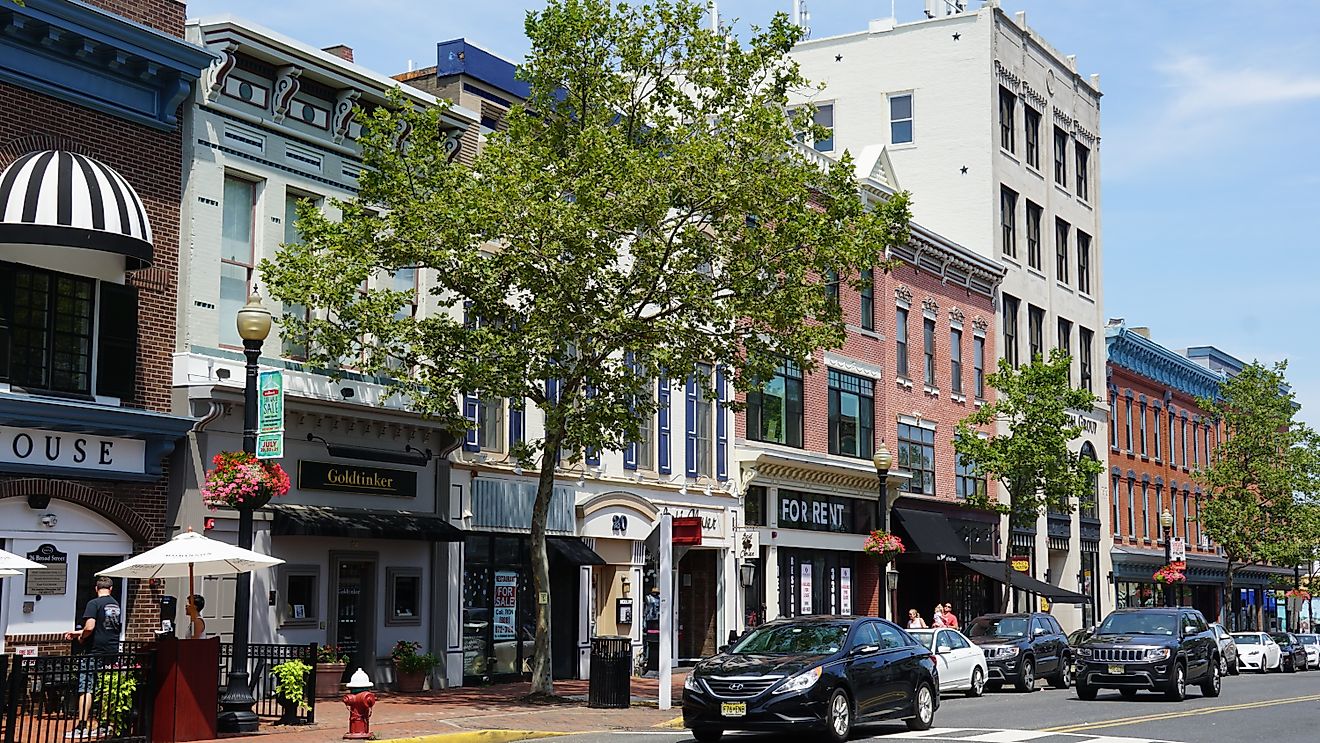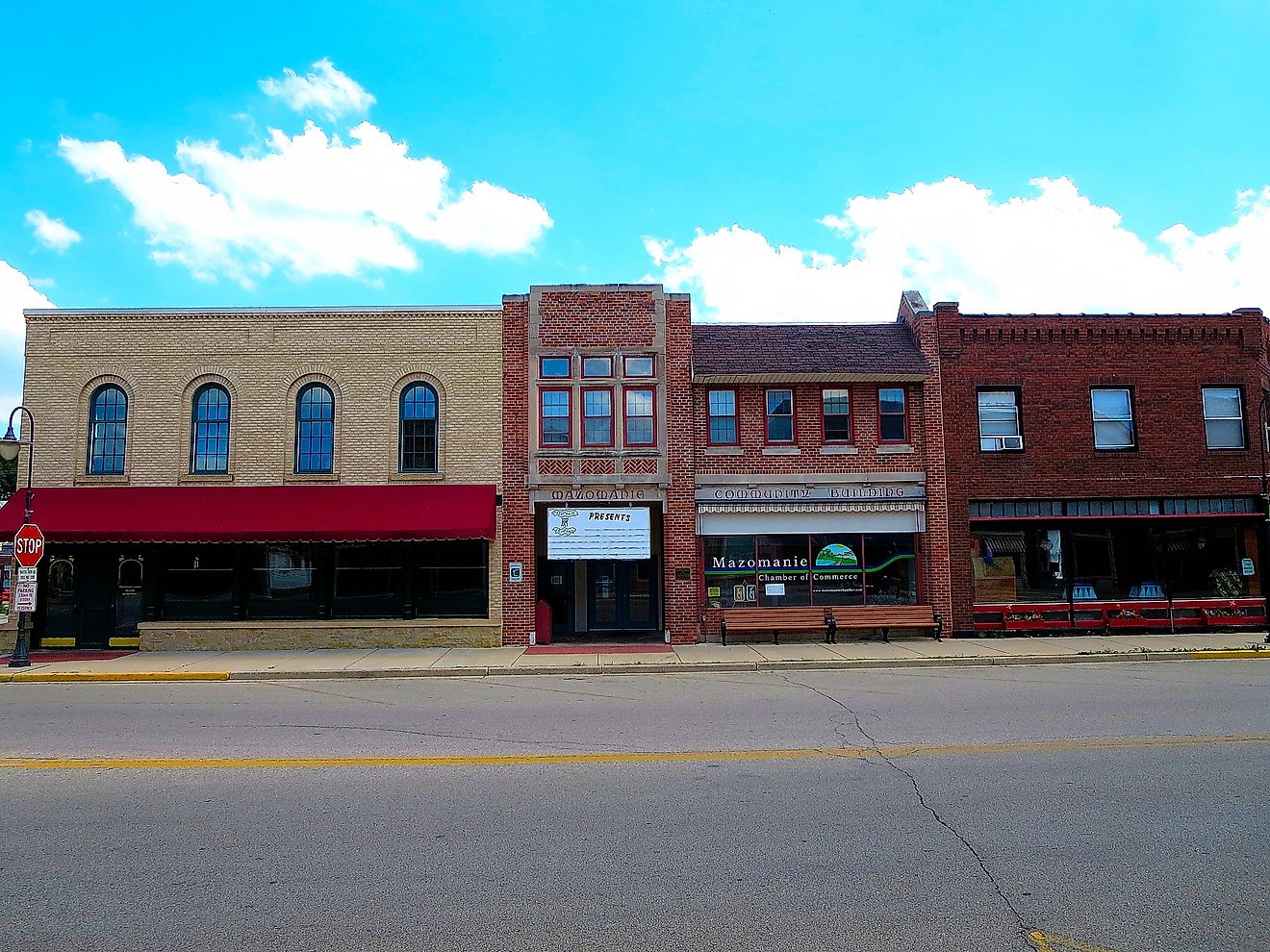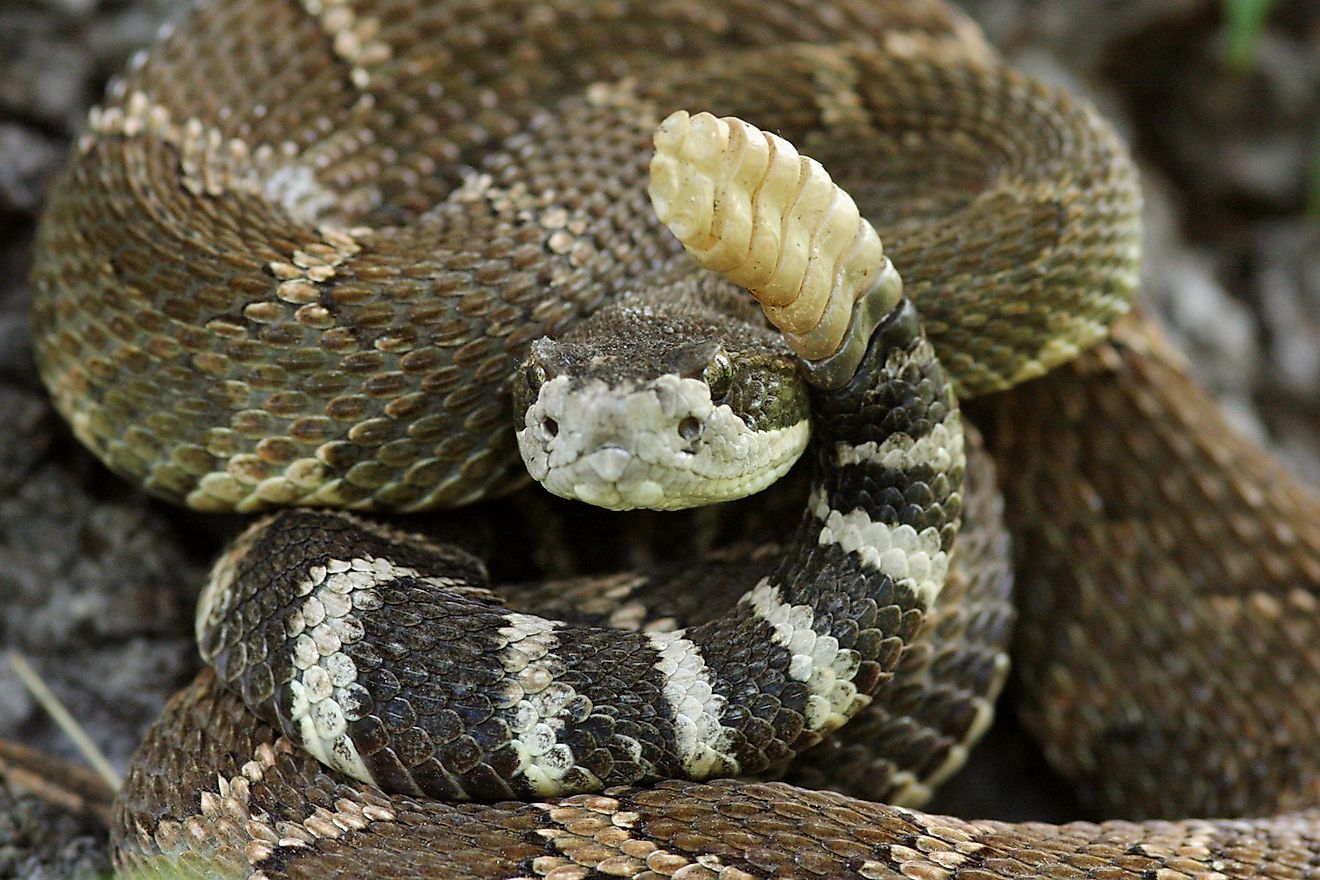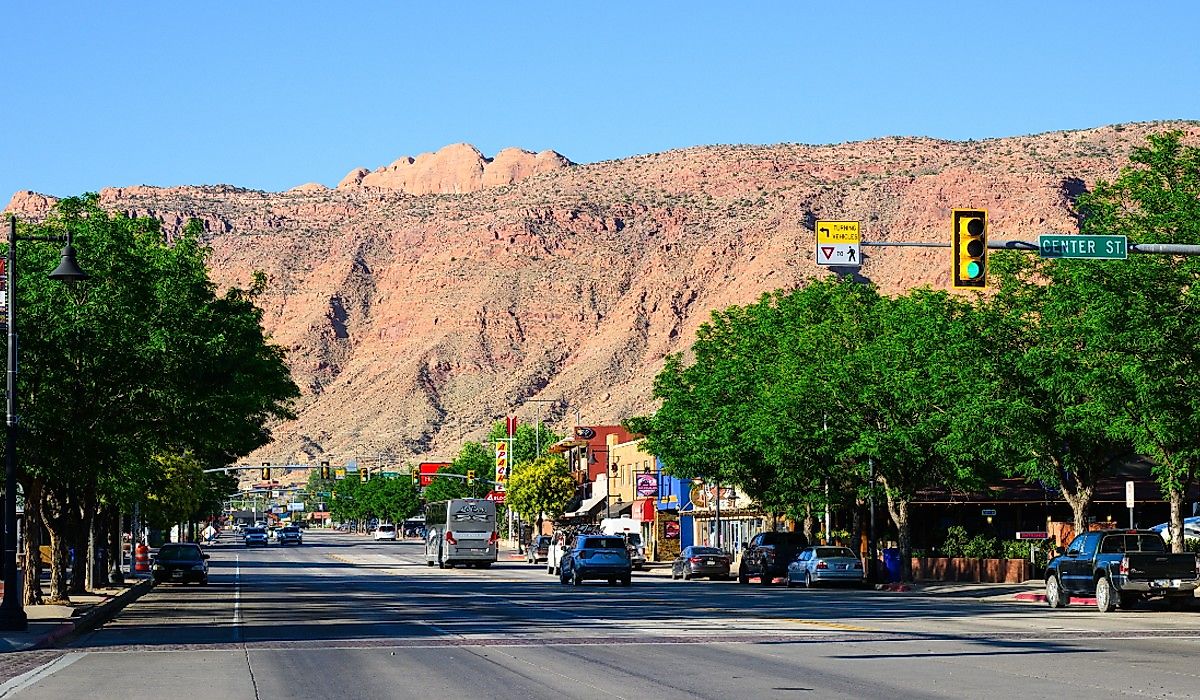Flags, Symbols, & Currencies of Guyana
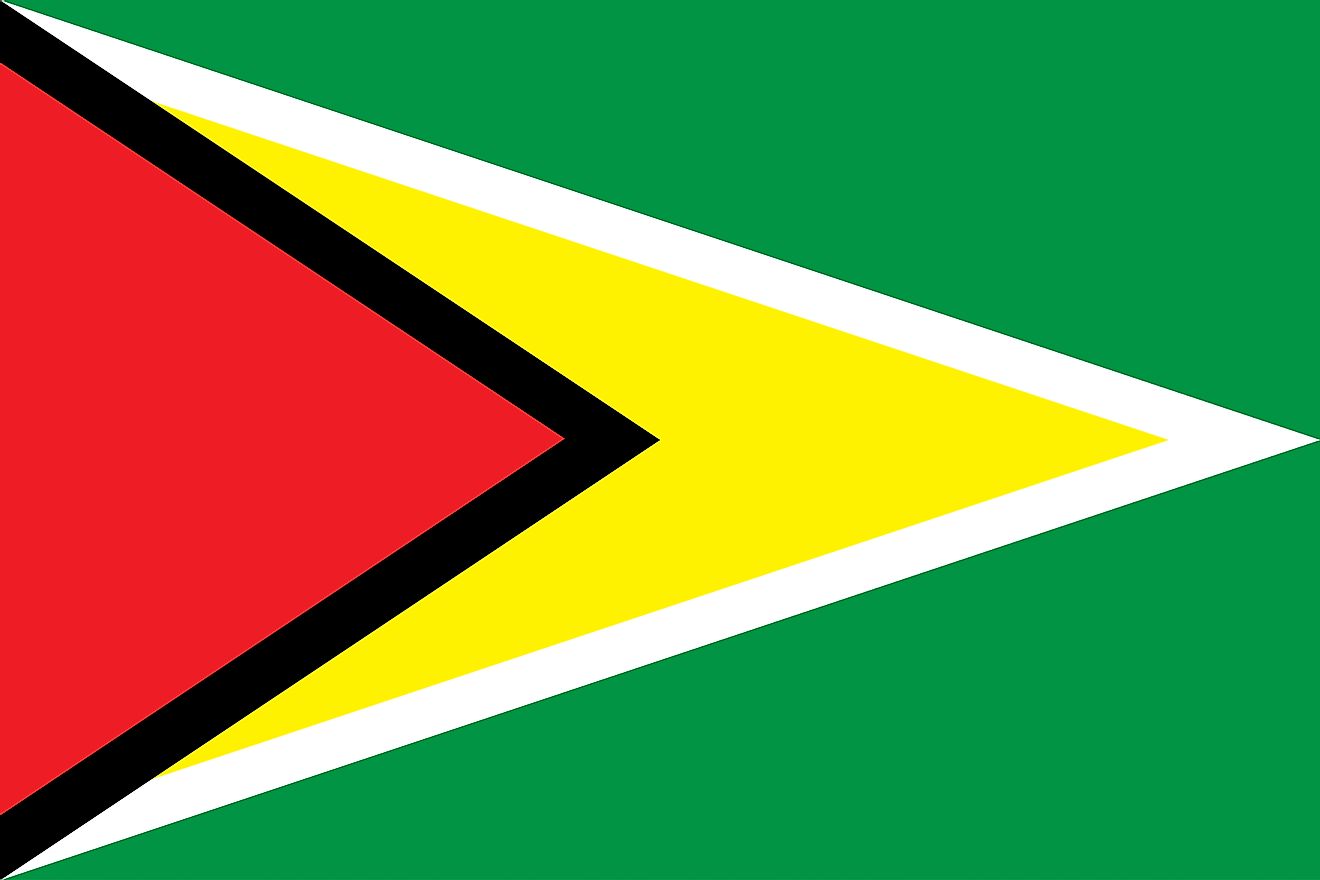
The current flag of Guyana was officially adopted on May 20, 1966. The flag consists of a horizontal rectangular design and two triangles. The officially recognized proportion of the flag is based on a length-width ratio of 3:5. The flag features a large green field and two large triangles. One red isosceles triangle is located on the hoist edge of the flag and is superimposed on a golden triangle whose edges are white. These two triangles are pointed towards the flag’s fly side. The border of the two triangles is a black band.
Symbolism of the Flag of Guyana
The flag’s most distinctive shape, the golden arrow, represents the bright future of the country, hoping to be built on the mineral wealth the country has in abundance. Green symbolizes the agricultural lands and forests that dominate the land-use (as much as 90 percent) in Guyana. The black stripe represents the perseverance and resilience of the people of Guyana to actualize their dreams. The red color symbolizes the sacrifices Guyanese people need to take to reach their goals. The white stripe symbolizes the water resources in the country, attributed to its numerous rivers.
History of the Flag of Guyana
The country was formerly a colony of the British Empire and therefore had a colonial flag. The colonial flag was adopted in the colony in 1875 and underwent a series of changes until it was replaced by the current flag in 1966. The colonial flag was blue with its canton bearing the Union Jack and its fly having the colonial seal, which would later be replaced with a white disc in 1906. The white disc on the flag’s fly was removed in 1919 and later re-introduced in 1955. Guyana stopped the use of the colonial flag in 1966 after gaining self-rule and adopting the current official flag. The flag has since not gone through any changes. The Golden Arrow was first hoisted on May 26th, 1966, a day that would be known as Guyana’s Independence Day. Whitney Smith, a renowned scholar from the United States, is credited for the design of the country’s flag after his design won a 1962 international competition aimed at getting the best flag design.
British Influence
Despite becoming independent of British colonial rule in 1966, Guyana is still borrowing heavily from its former colonial master, and this is seen in the nation’s flag. First, the black-white fimbriations were added into the flag’s design after suggestions on the same were fronted by the British College of Arms. The influence of the UK is, however, most profound in Guyana’s civil air ensign, which is a replica of the UK’s British Civil Air Ensign.
Symbols of Guyana
National Coat of Arms of Guyana

The Guyana Coat of Arms includes a crest of an Amerindian head-dress symbolizing the indigenous people of the country, this crest is also called the Cacique's Crown. The two diamonds at the sides of the crown represent the mining industry. The two jaguars are supporting the shield and holding a pick axe, sugar cane, and a stalk of rice. The pick axe, sugar cane, and stalk of rice represent Guyana's mining, sugar and rice industries, respectively. The shield is decorated with the Guyana's national flower, the Victorian Lily. The three blue wavy lines represent the three main rivers of Guyana. The shield also include the national bird, the Canje Pheasant. The national motto, "One people, One Nation, One Destiny", appears on the scroll below the shield.
National Anthem
- Anthem Title: Dear Land of Guyana, of Rivers and Plains
- Music composer: Robert Cyril Gladstone Potter
- Lyricist: Archibald Leonard Luker
- Date of Adoption: 1966
The national anthem of Guyana is "Dear Land of Guyana, of Rivers and Plains," adopted in 1966 at independence from the British. The music was composed by Robert Cyril Gladstone Potter, while Archibald Leonard Luker authored the lyrics. Before the anthem was adopted, a competion was held to determine appropriate words and tune for the song. The competition attracted 226 entries. Luker's lyrics emerged the best, while Potter's tune was picked for the anthem. The first stanza of the anthem describes Guyana's geography, while the rest of the stanzas describe the the country as motherly.
Dear Land of Guyana, of Rivers and Plains
Dear land of Guyana, of rivers and plains
Made rich by the sunshine, and lush by the rains,
Set gem-like and fair, between mountains and seas,
Your children salute you, dear land of the free.
Green land of Guyana, our heroes of yore,
Both bondsmen and free, laid their bones on your shore.
This soil so they hallowed, and from them are we,
All sons of one Mother, Guyana the free.
Great land of Guyana, diverse though our strains,
We're born of their sacrifice, heirs of their pains,
And ours is the glory their eyes did not see,
One land of six peoples, united and free.
Dear land of Guyana, to you will we give,
Our homage, our service, each day that we live;
God guard you, great Mother, and make us to be
More worthy our heritage, land of the free.
The Currency of Guyana is the Guyanese dollar
The official currency of Guyana is the Guyanese dollar. It is abbreviated with the dollar symbol $, and is often distinguished from other dollars by abbreviating it as G$ or GY$. The Guyanese dollar has been the country’s currency since January 1839. It was initially intended to act as a transitional unit to facilitate the changeover to the British sterling pound from the Dutch guilder system of currency. However, by the time of changeover, the Spanish dollar was already in circulation in Guyana, and so the Spanish dollar operated in the country alongside the sterling pound. Guyana switched to a US dollar peg in 1975 following the depreciation of the British pound.
Banknotes
The British Guiana Bank and the Colonial Bank introduced the first private banknotes in the late 19th century. The notes were issued in the denominations of 5, 20, and 100 dollars. When Barclays Bank took over the Colonial Bank, it began circulating notes in the denominations of 5, 10, 20, and 100 dollars. Paper money production for British Guiana ceased in 1942 with the replacement of the notes with BWI$ notes. The BWI$ notes were replaced by the East Caribbean dollar in 1965. Following the country's independence in 1966, the Guyanese dollar replaced the East Caribbean dollar at par. The first Guyanese dollar banknotes began printing in November 1965 in four denominations ranging from 1 to 20 dollars. The second series of banknotes in the denominations of 20, 100, and 500 dollars were issued between 1988 and 1992. By 2013, there were five currency notes in circulation in Guyana. The notes were in the denominations of 20, 50, 100, 500, 1,000, and 5,000 dollars. The banknotes have several features on the observe side including Kaieteur Falls (20), the crest of the Bank of Guyana (50), and Bank of Guyana logo (100, 500, and 1000). The reverse side has features including Saint George’s Cathedral, Parliament Building, and Bank of Guyana Building.
Coins
Regular British coins continued to circulate after the introduction of the Guyanese dollar together with the 2 and 4 pence coins. Coins in the denominations of the 1, 5, 10, 25, and 50 cents were introduced in 1967. The coins were struck in nickel, brass, and cupro-nickel. The high inflation in 1996 led to the introduction of the dollar coins in the denominations of 1, 5, and 10 dollars. The dollar coins were struck in copper-plated steel and nickel-plated steel.
History of the Guyanese dollar
The Guyanese dollar shares a common history with the currencies of the surrounding British West Indies as a whole. The common history involved the continued use of the groat coin within the British West Indies when all of the other territories had abandoned it. The British introduced a variety of Dutch guilder when Guyana became its colony in 1815. In 1839, the Spanish dollar was introduced as a unit of account to facilitate the entry of the British sterling coinage. The dollar replaced the Dutch guilder at an exchange rate of one dollar for 3.125 guilders. The Spanish dollar remained in use together with the British sterling currency until 1876. The Spanish dollar is not to be confused with the United States dollar, as the latter was introduced in the US in 1792.
Historical Currencies of Guyana
Guyanese dollar was intended to aid in the transition from Dutch guilder to British pound. However, the dollar ended up being the legal tender from January 1839 to present. The Dutch guilder was was replaced by the Guianan guilder at par after the British captured the area from the Dutch. The Guianan guilder was used from 1798 to 1839, when the dollar was introduced. The guilder was issued in banknotes and coins of various denominations
